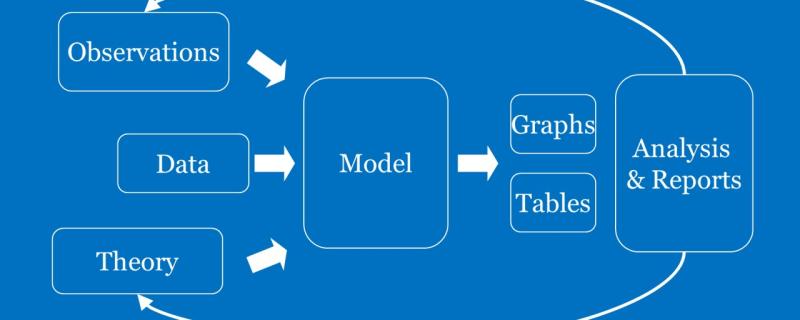Artificial intelligence (AI) and machine-learning (ML) approaches are the present-day buzzwords finding applications in a host of domains affecting our lives. These approaches use known datasets to train and build models that can predict, or sometimes, make decisions about a task. In one such case, researchers at the Indian Institute of Technology Bombay (IIT Bombay), Mumbai, have in a recent study, developed ML approaches using molecular descriptors for certain types of catalysis that could find use in several therapeutic applications.
Scientists theoretically probe the atomic properties of the 2D materials under strain
Mumbai/ Apr 18, 2024



![Solar flares - [Image credits: Solar Dynamics Observatory / Public domain] Radio-images of the Sun explains the anomaly in its atmospheric temperature](/sites/researchmatters.in/files/styles/large_front_800x320/public/arcing_active_region.jpg?itok=clat14v5)






